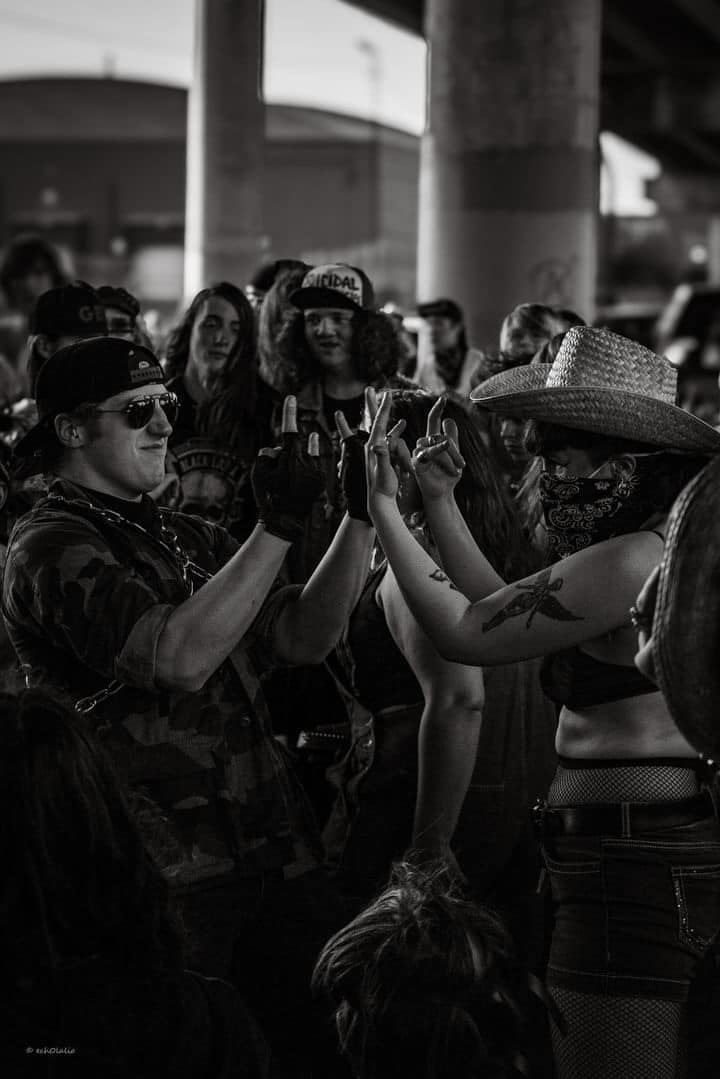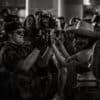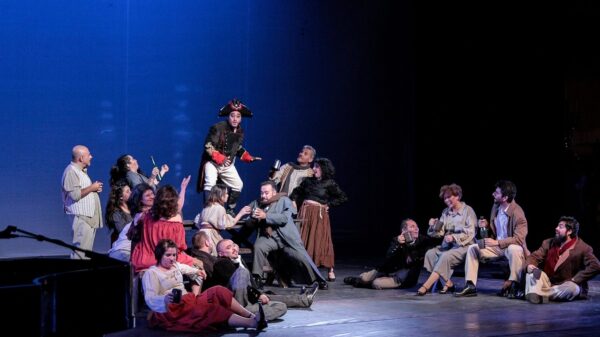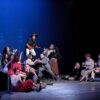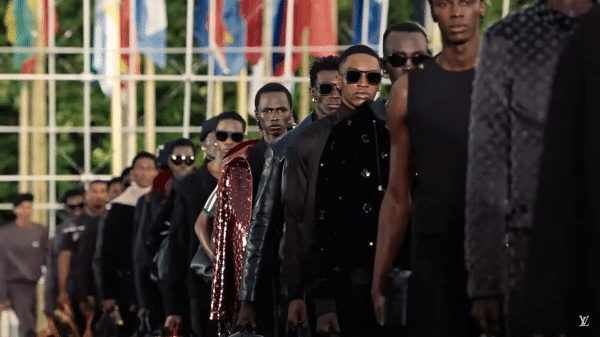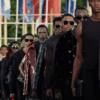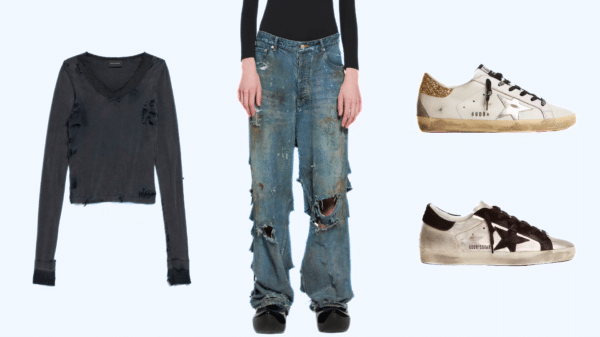A unified, prideful community continuously pushing for a more radical and inclusive scene is thriving in Seattle. Photographers all around the Puget Sound area are boosting the Punk scene’s visibility more than ever. Relationships exist between bands and photographers, the photographers themselves, and even regular show-goers recognizing their favorite people behind the camera.
The community functions through all of its various members, from the bands to the consistent attendees and the various photographers. Some even say the scene attracts too much media coverage from the excess of photographers present at each event. However, the vast collection of images capturing the gritty beauty of the scene creates a larger perspective. More so, they lend an engaging launching point for newcomers.
Elias Cancro – @petrich0r.ia
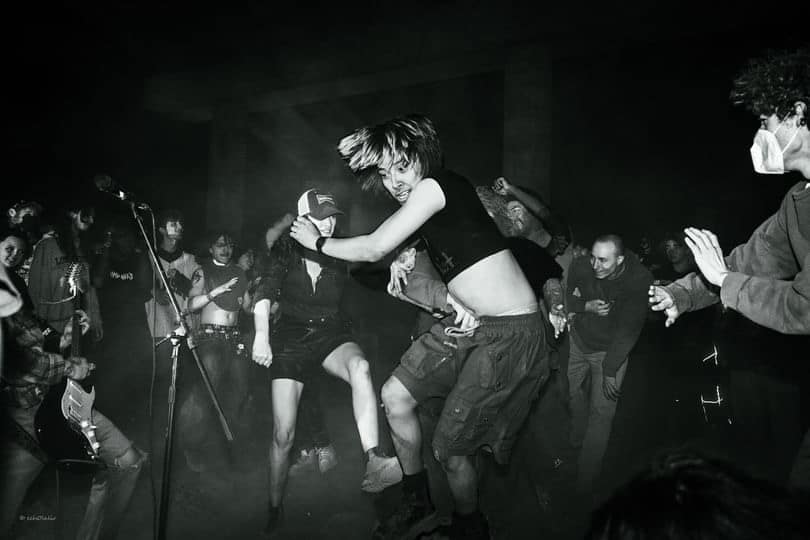
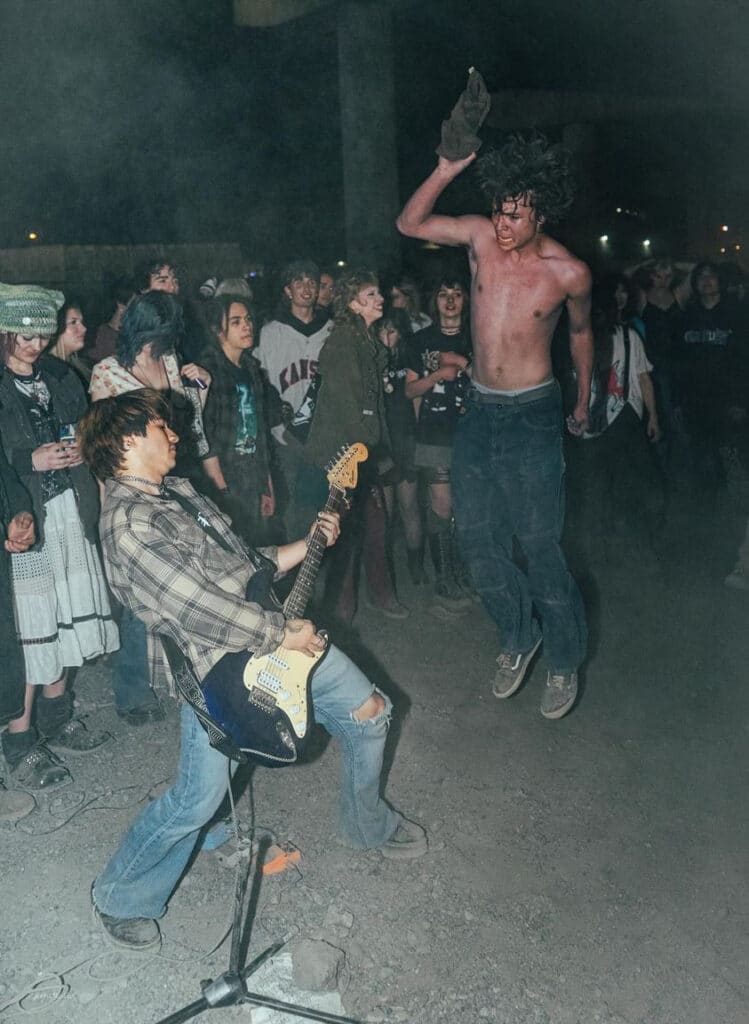
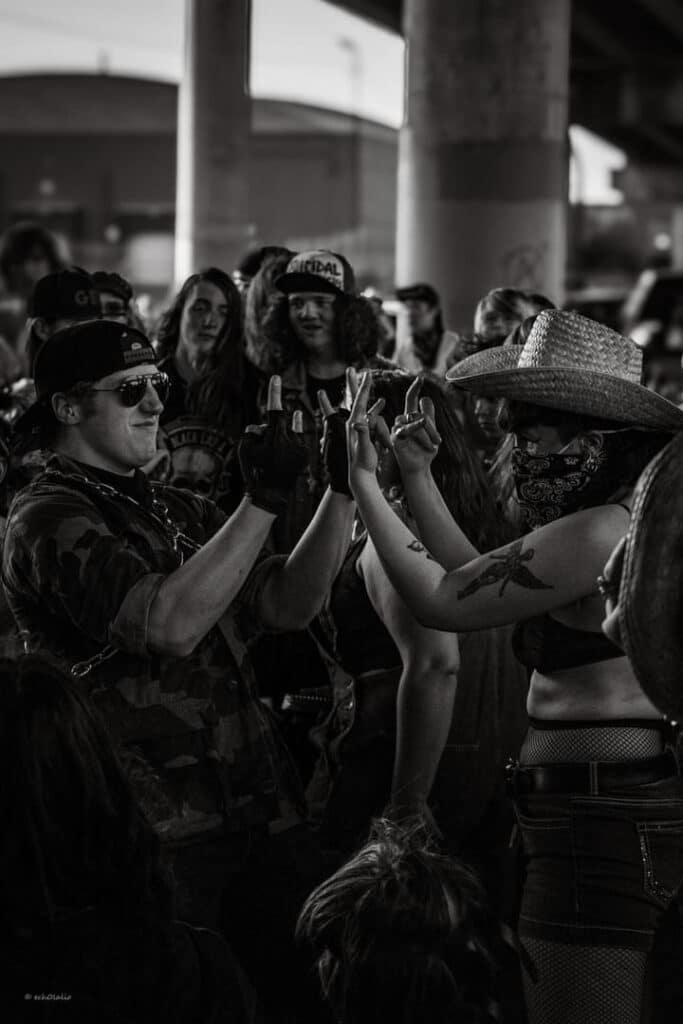
Elias described the scene as “expressive, genuine, and welcoming overall — most of all welcoming. There’s this great sense of justice too, nobody tolerates bullshit”. He also compared it to his experiences beyond Seattle: “I’ve traveled to go to shows — even in bigger shows in Seattle too, I feel like people are kinder”. He recounted an experience outside of Seattle at a Pierce the Veil show in San Diego. His main concerns were that “people weren’t considerate of others’ space and crowd killing”.
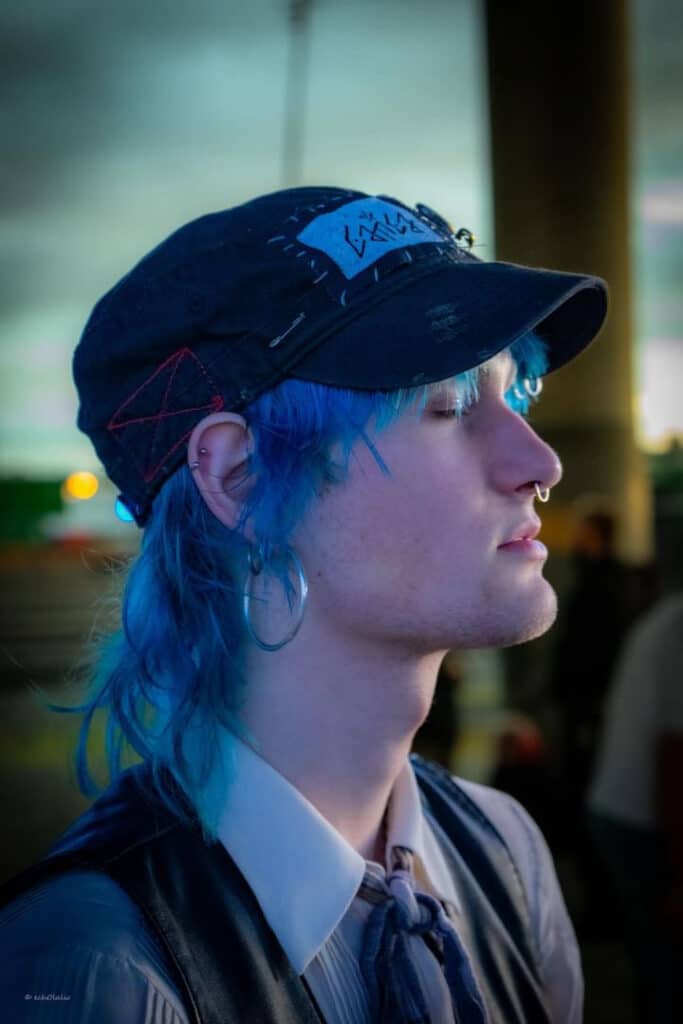
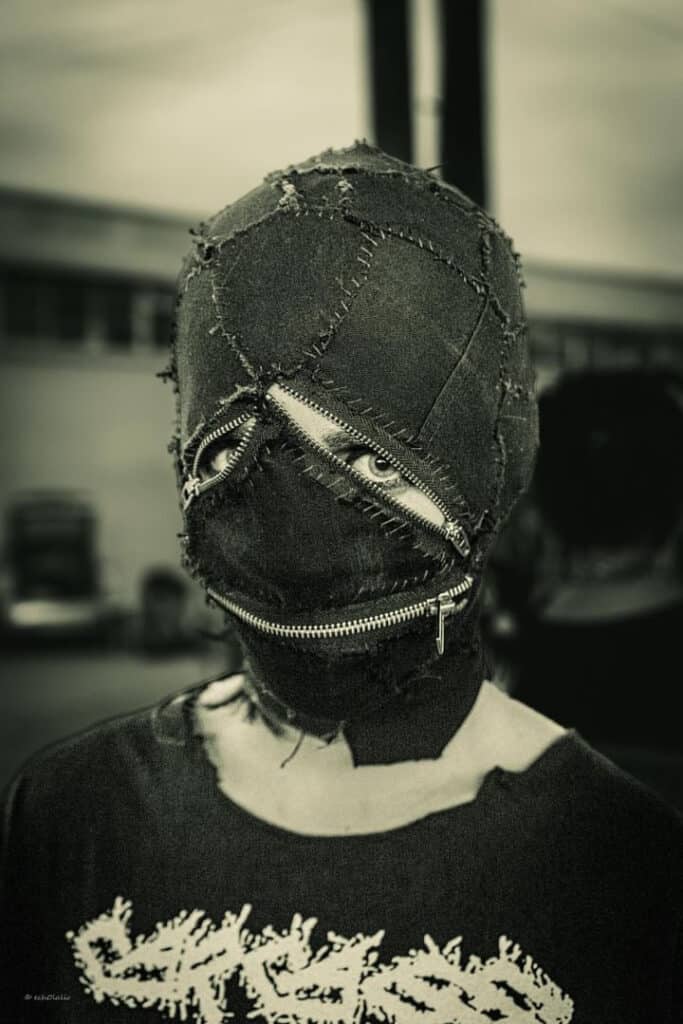
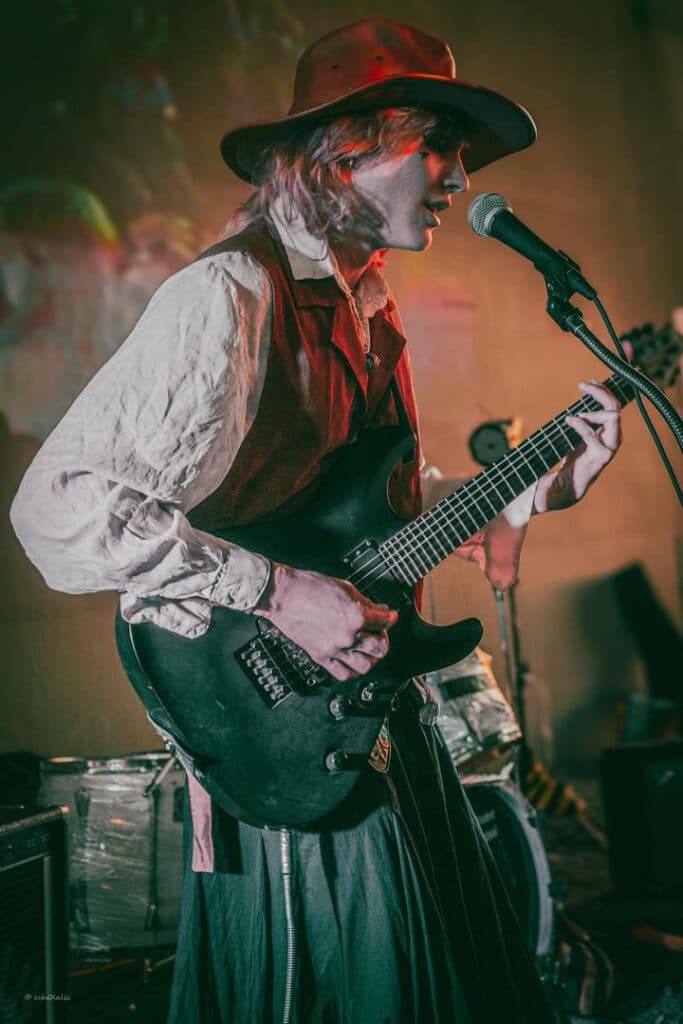
In his photography, Cancro places an emphasis on faces. “I really want to capture that split moment in time where someone is showing like true emotion, whatever it may be,” he said. His technique is to “sit there in the viewfinder and wait for that moment of an expression, and then I’ll capture that.” His photography is more than a gig: “to put it in one word, I don’t think I could actually.”
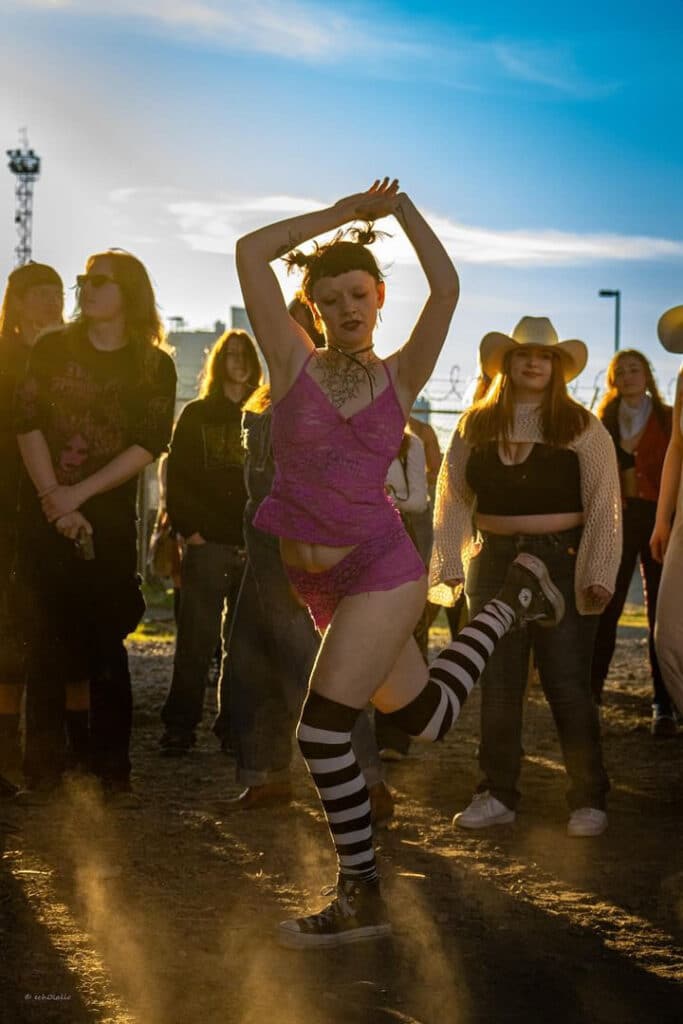
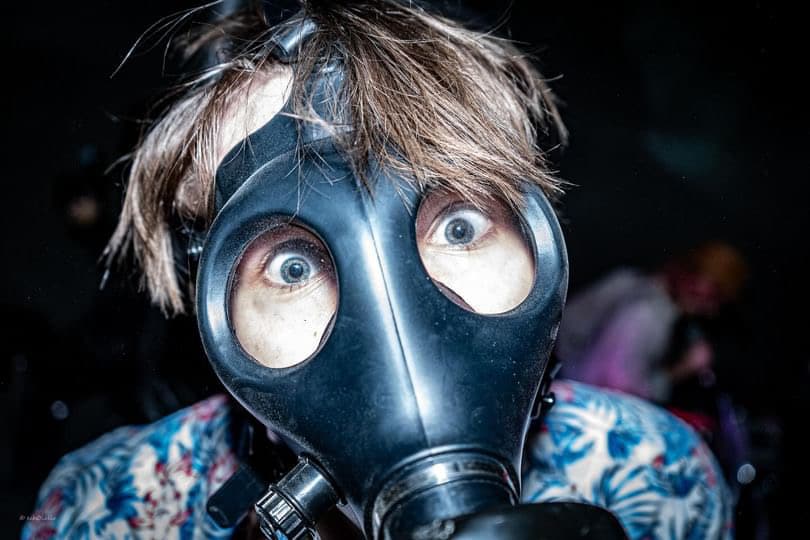
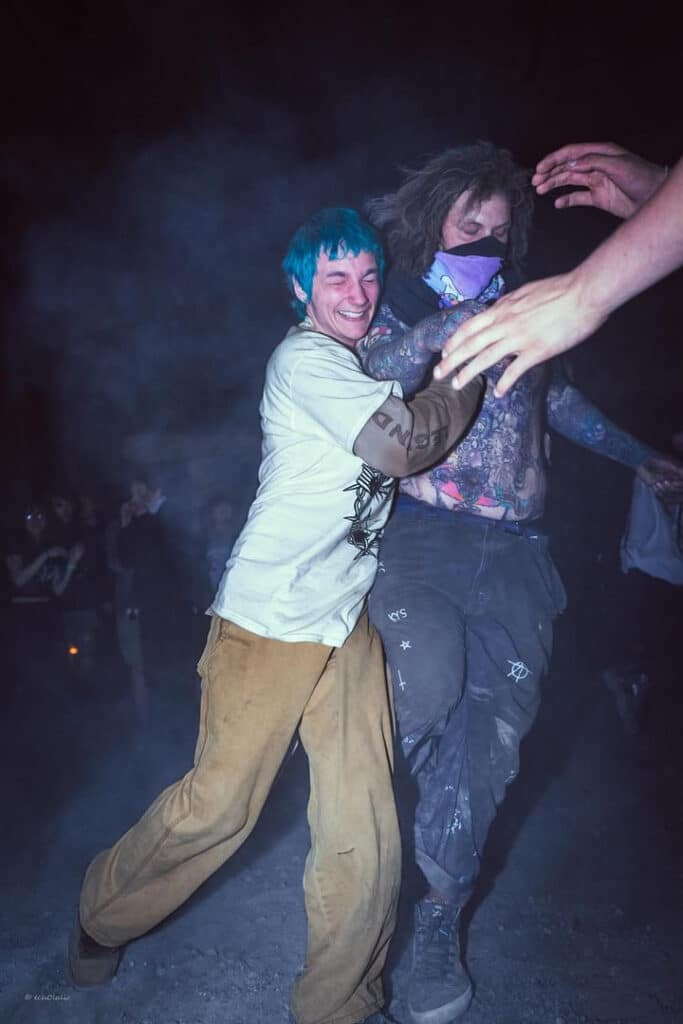
Cancro celebrates how “everyone is so special and unique” in his photography, deeming the scene a “treasure trove of beauty.” The key to capturing this beauty is an emphasis on color grading in his editing process. “I’ll spend hours and hours just like tweaking the color — colors are emotions to me,” he shared. Intentional with his captures, color grading for “what matches the emotion of someone’s expression or face is really important.”
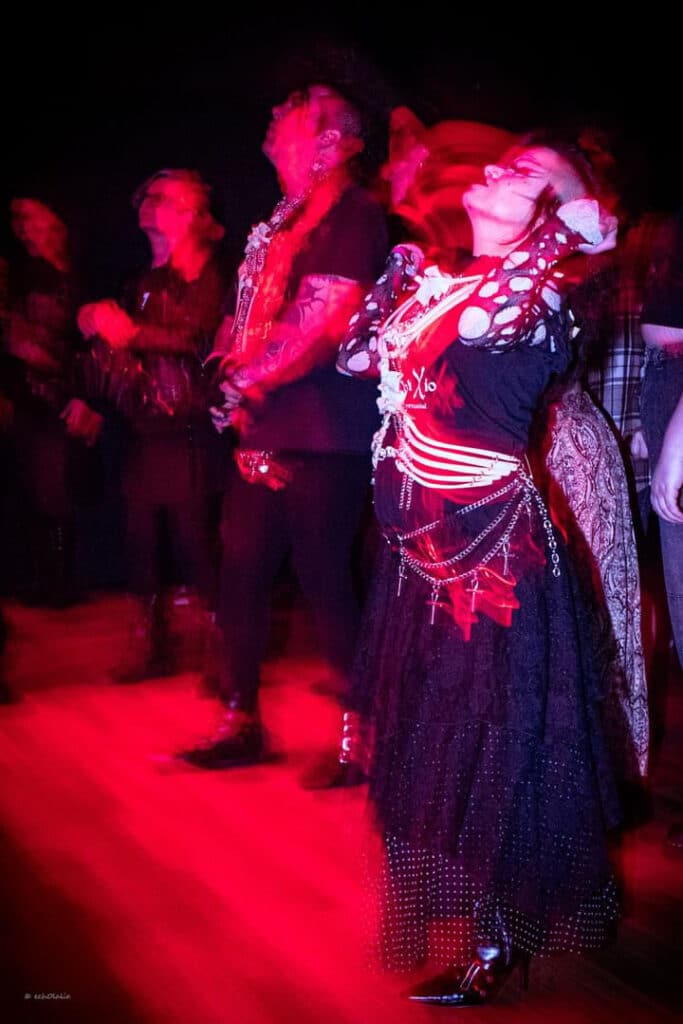
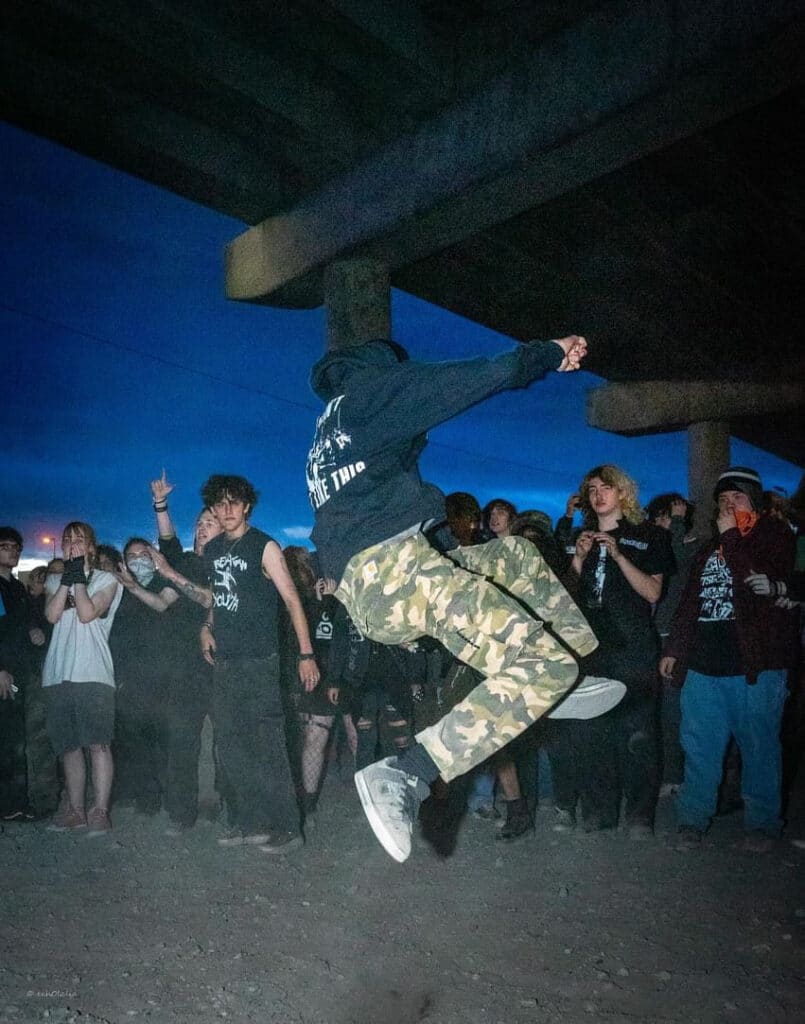
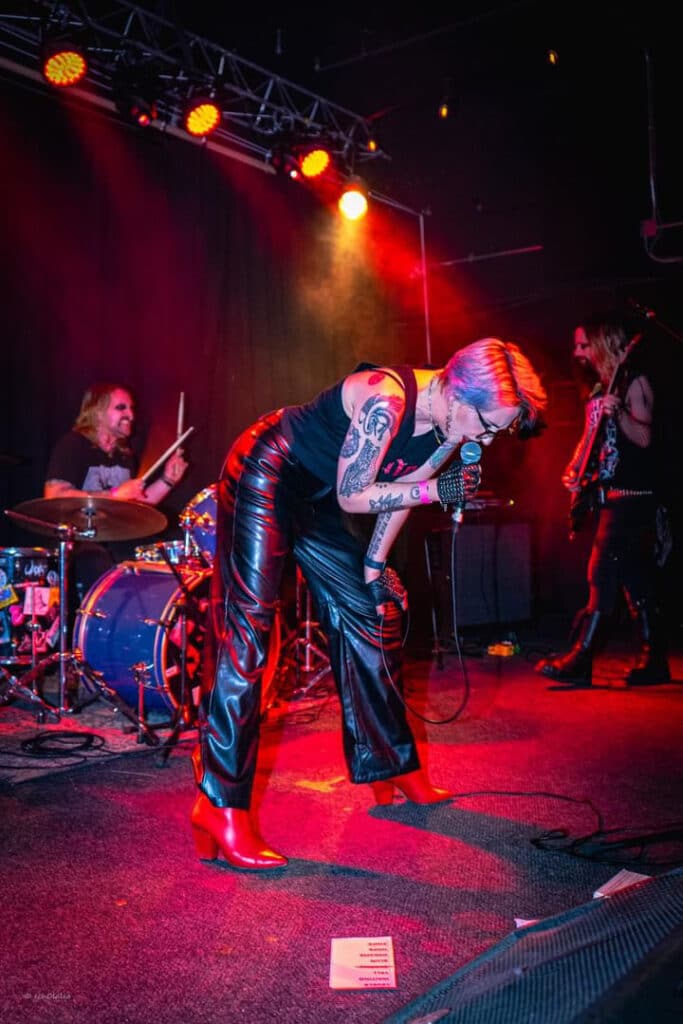
Up-and-Coming, Show Stopping
“The first time [he] posted a show at the bridge” was an impactful moment for Cancro. Capturing the infamous venue in the Seattle scene, and “seeing people’s reaction and their love for it — filled [him] with so much joy.” Additionally, the well-deserved recognition he received was a validating celebration. “My most recent got featured on Seattle Area Punk Shows [Instagram] — it was such an amazing feeling that as many people saw it as they did,” he stated.
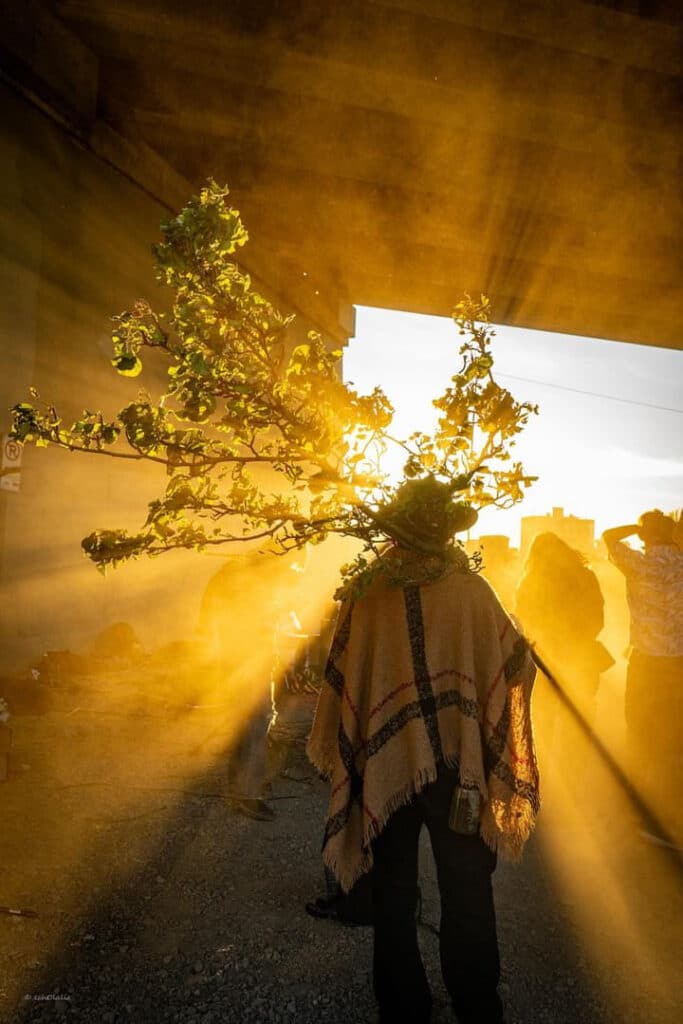
As a relatively new photographer to the scene, Cancro is on the rise. For fellow new photographers, he believes that patience is the virtue to the vices of a perfectionist. “Striving for perfection will only put you in a writer’s block,” he said. “Don’t envy others, and don’t be afraid to put your work out there — especially if you’re not sure.”
Jimmy Humphryes- @poundingthenail
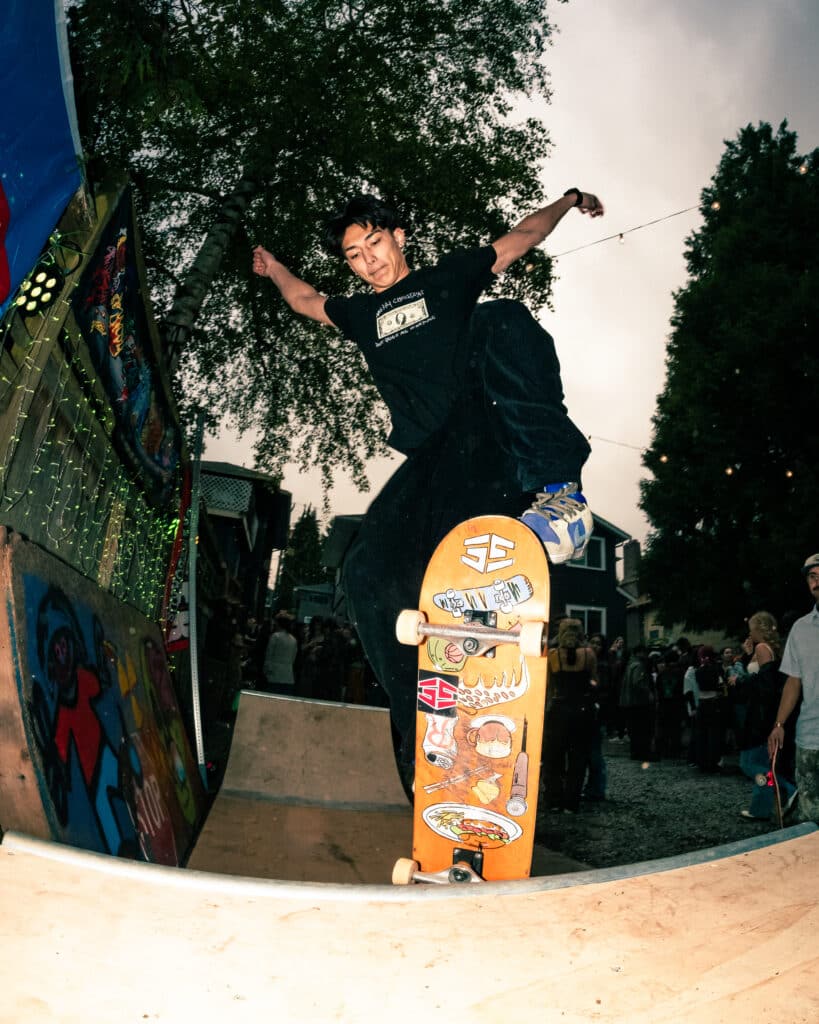
Jimmy Humphryes is one of the most influential photographers in the scene. Booked and busy but still making time to chat with me fresh off a shoot, Humphryes is in high demand. Humphryes describes the scene as “vibrant, invested, and inclusive,” and despite its flaws, “the overarching theme is excitement and encouragement.” A figure of humility and positivity, Humphryes describes his photo style as “a joyful reminder” for the scene.
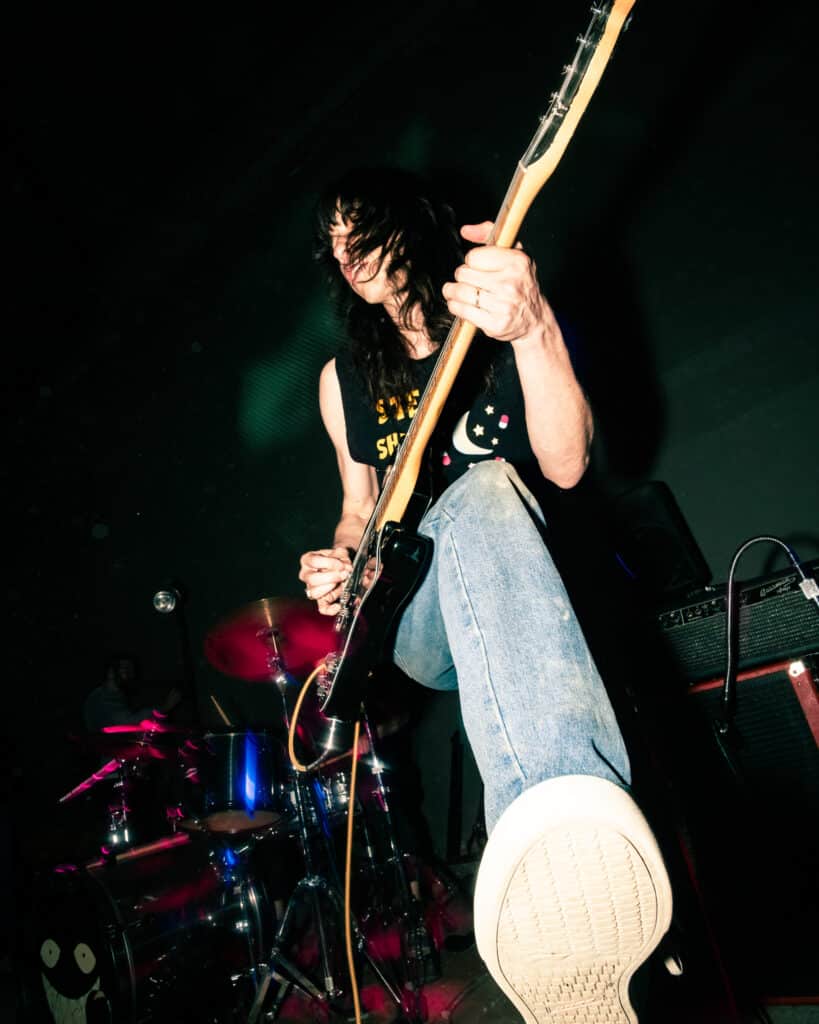
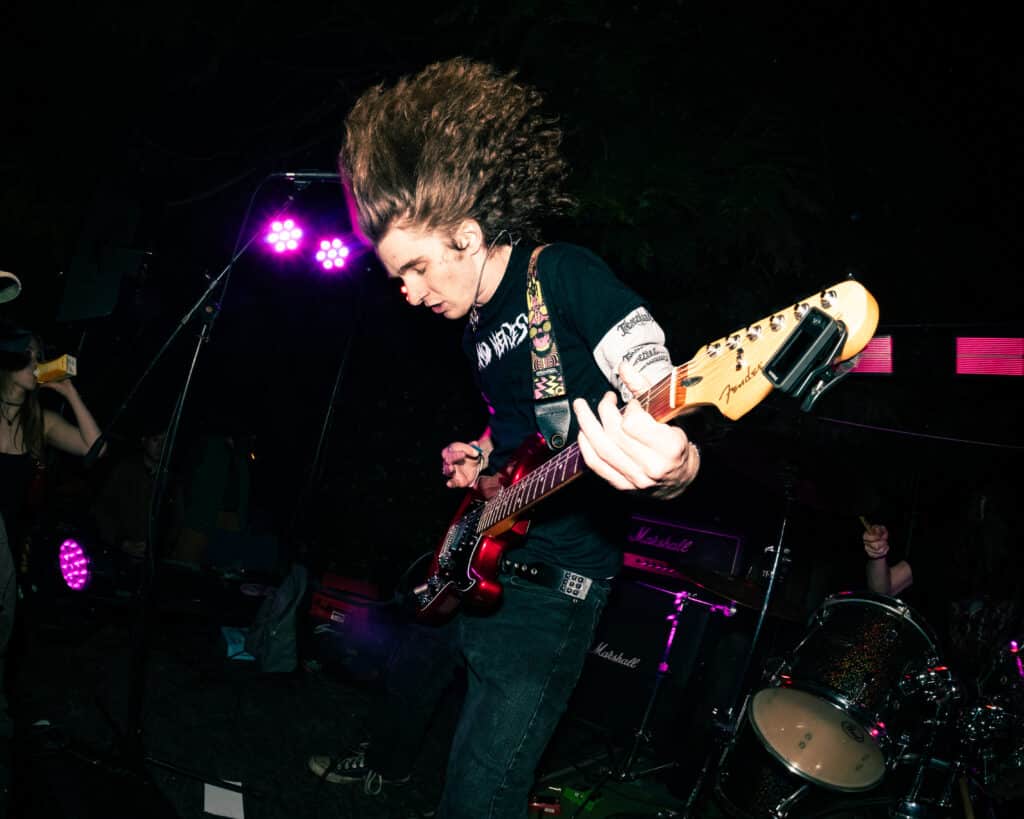
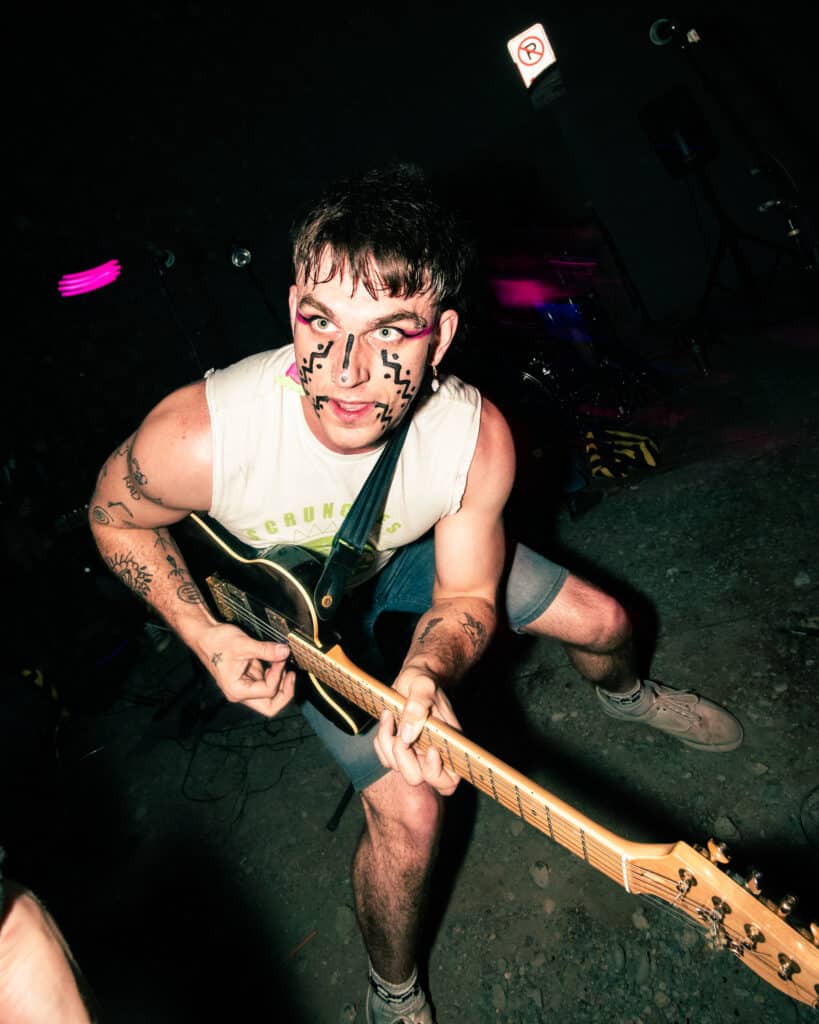
Jimmy claims that the punk scene produced his overall photography aesthetic. “It gave [him] a whole purpose to shoot photos,” making a mission “to capture what’s good in life.” Humphryes aims “to remind other people of reasons they enjoy being here, just like I’m reminding myself why I enjoy being here.” And for him, community is the best reward. “It’s not to be better than anyone; it’s just to be with anyone,” he maintained.
Humphryes recalls a special memory at the first “Punk Prom,” an annual summer show thrown by the production crew Animal House. “It was sweet — the weather was absolutely horrible; everyone got soaked in the rain,” he said. Amid the dreary weather, Humphryes ran into a group of kids he used to teach at an old job. He added, “It was like a reminder that most things can turn out pretty darn good, a reminder that some things do come back and aren’t just memories.”
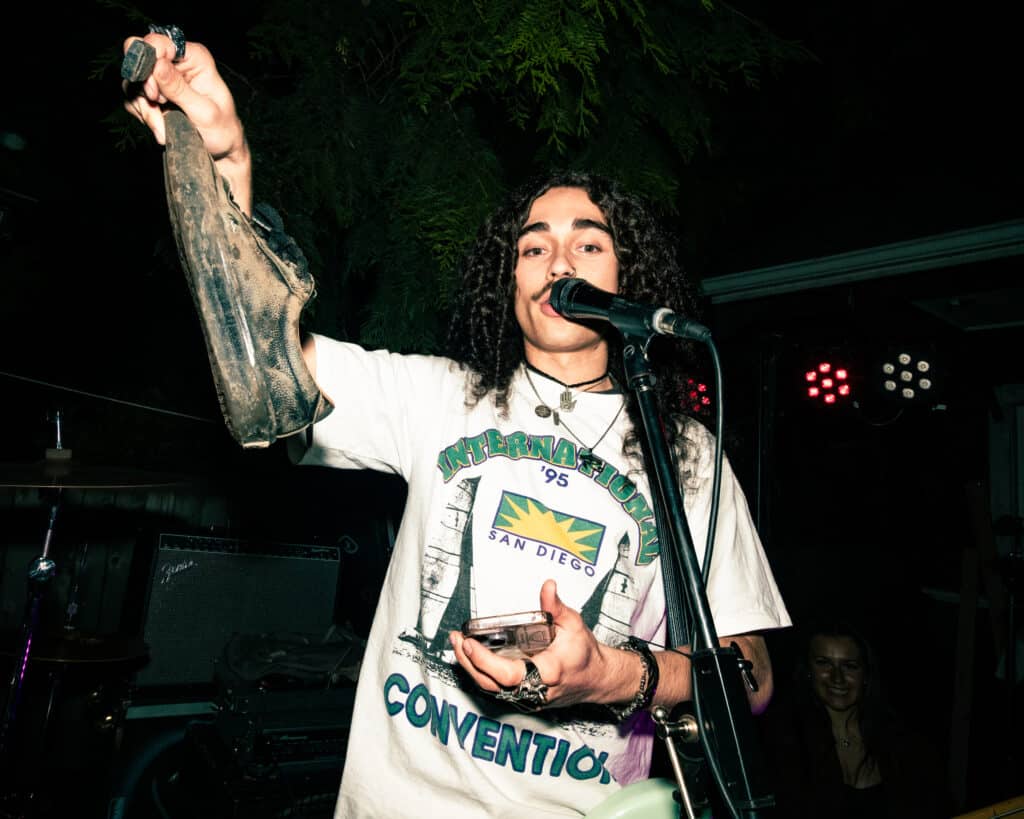
Radical Responsibility
However, the glamor captured by a photographer does not always reflect the bigger picture. The punk scene, like any community, is still developing and undergoing some growing pains in a more socially conscious world. For Jimmy Humphryes, “just realizing I have more responsibility than I realized, has probably been like the biggest challenge.” He noted, “I’m starting to realize at this point my photography and the things I do — can’t all just be about me and what my feelings are in things.”
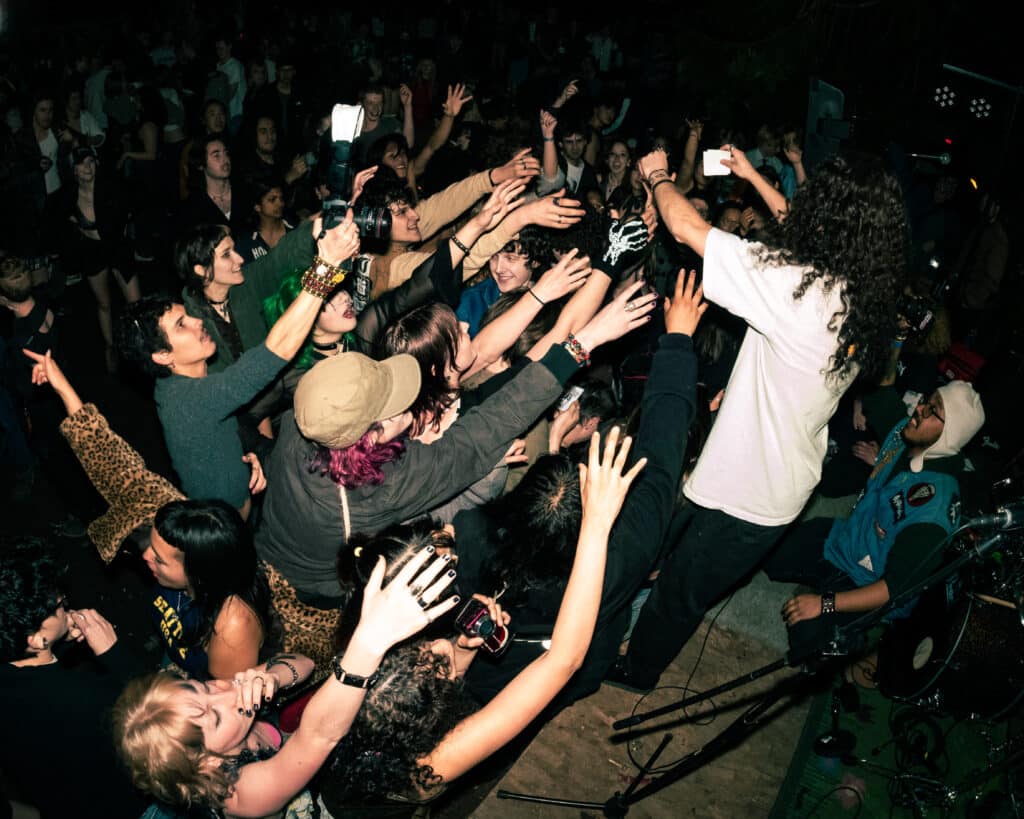
In the face of maintaining a platform within the Seattle scene, Humphryes is mastering how to be mindfully outspoken. “Just because I want to help — or have an opinion on something doesn’t mean I’m always the most qualified” to speak out, he admitted. Rather than “spouting some opinion based on a frustration,” Humphryes seeks to “give a responsible and ethical response in a really helpful way.”
As a result, he is vocal online about keeping the community safe at shows. “I really need to be more conscientious of what’s going on around me,” he declared. On top of keeping people physically safe, advocating for others is an equal priority for him, Humphrey is conscious of observing “how things going on around me affect the people around me.”
Brenden Fuller – @smoothymedia
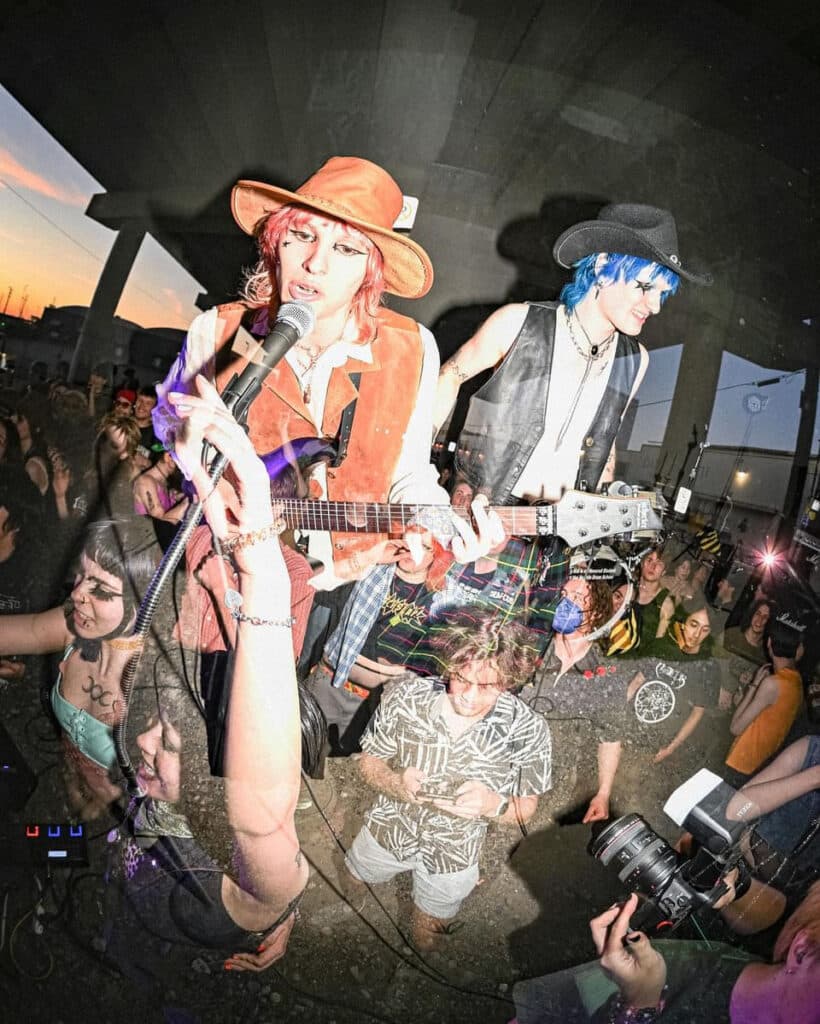
Brenden Fuller is “pretty notorious for flash use” and describes his photography style as “bright, poppy, almost chaotic,” with an emphasis on carefully crafted double exposures. “I think nowadays — we’ve gotten so used to the corporate style of concert photography; almost no flash, artist is taking up the whole frame and if it gets creative it’s super dark most of the time — I think it is really nice to see something more bright, more flashy.”
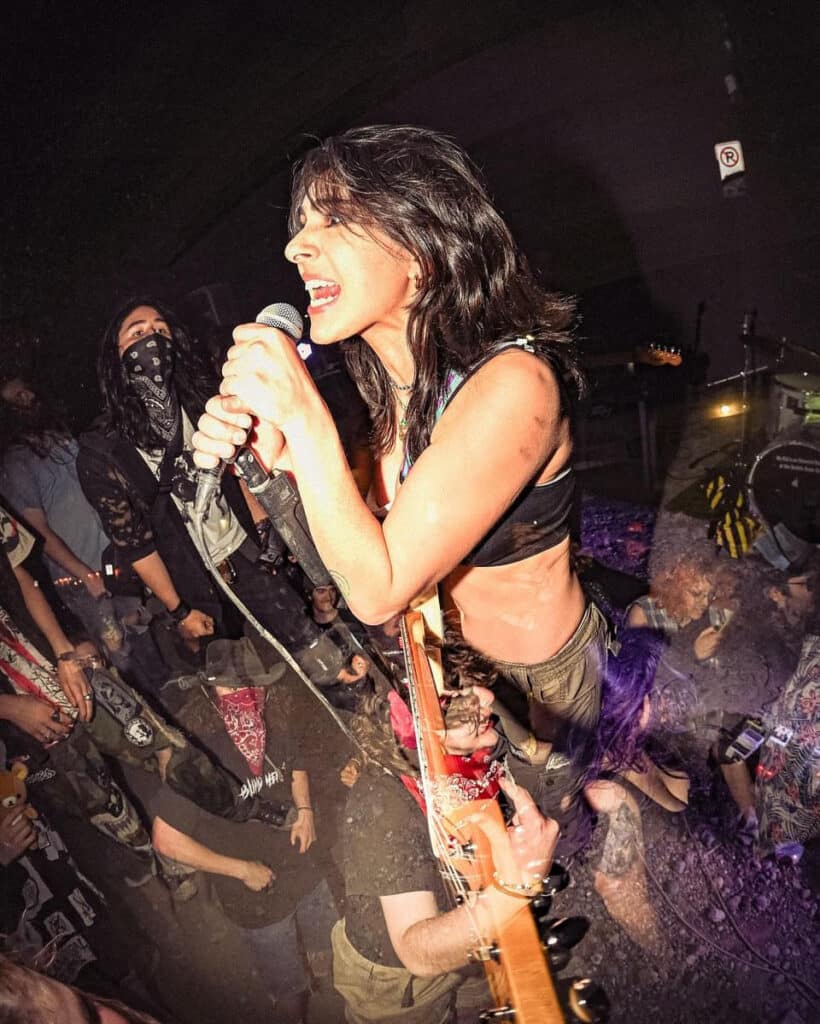
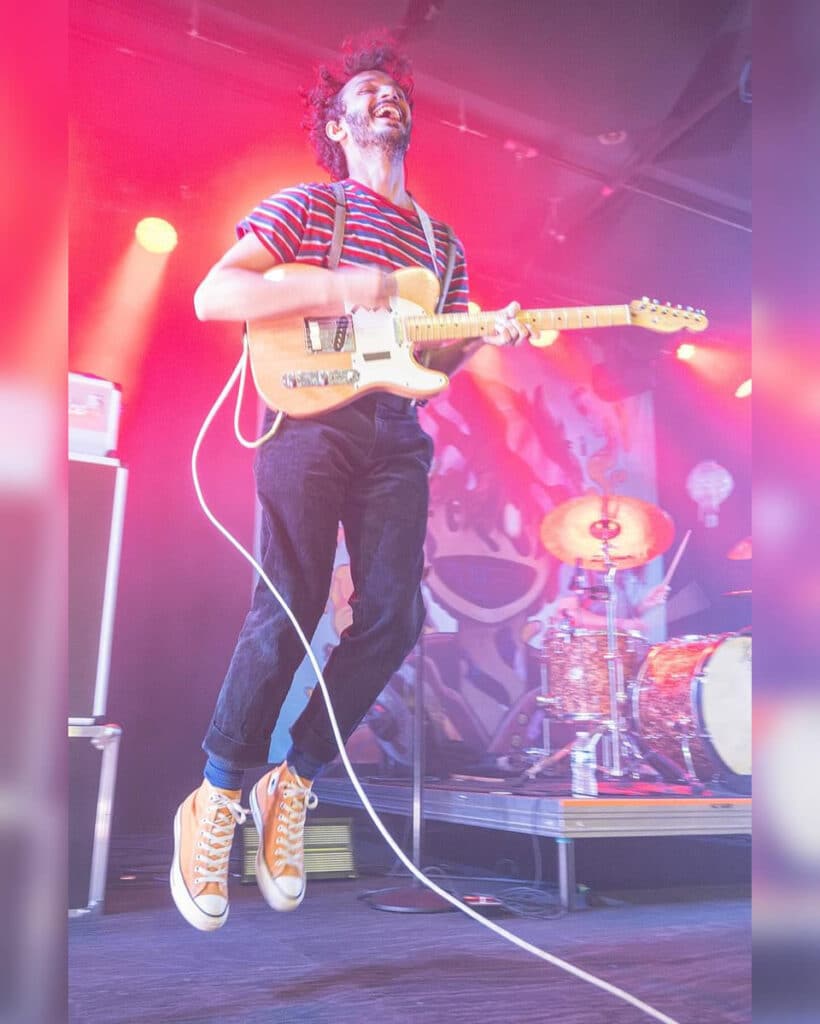
Brenden describes the scene as “loud, energetic and fun.” Coming from Ellensburg in central Washington, the scene in his small town is predominantly “student-based; a lot of it is very seasonal.” He explains that “the scene is also so different” in Ellensburg: ” There’s almost no punk here.” Differing greatly from the city of Seattle, “shooting here in Ellensburg is very tight-knit. I mean, I mean I’m pretty much the only one doing the concert photography here.”
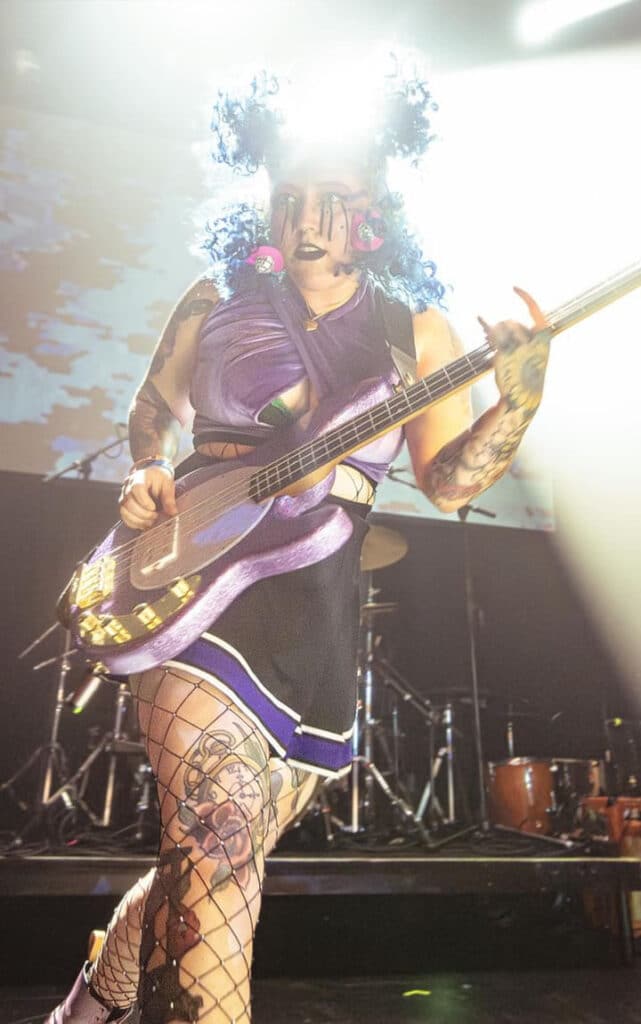
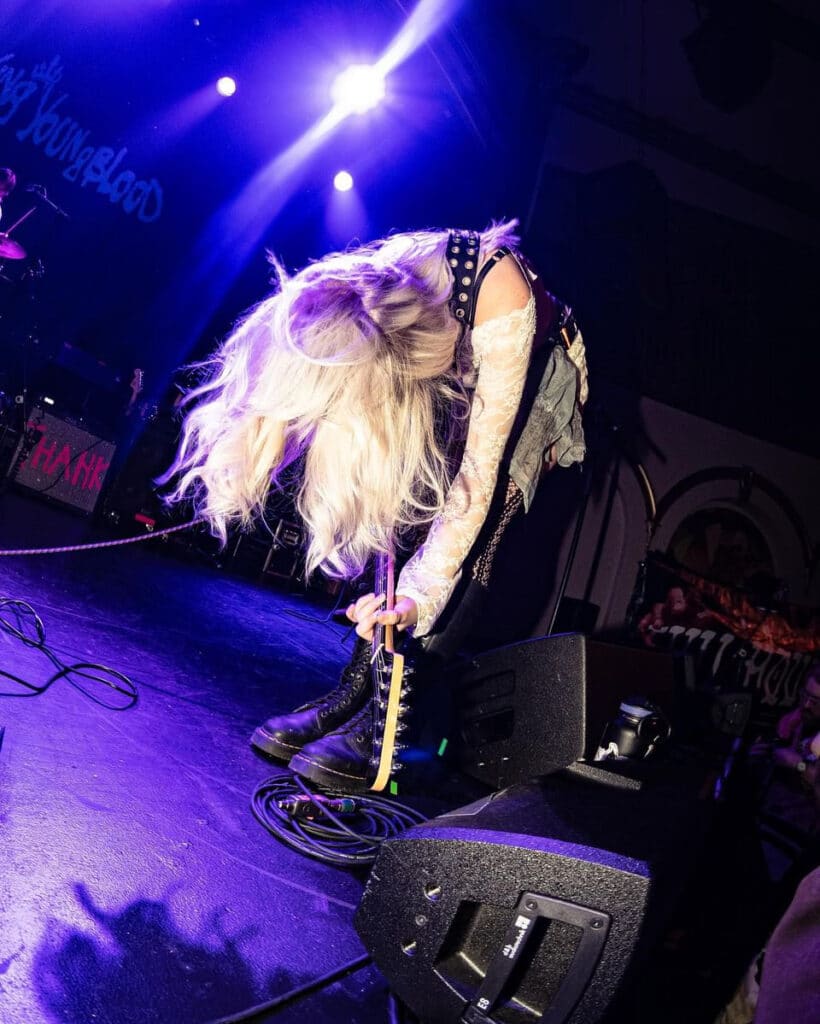
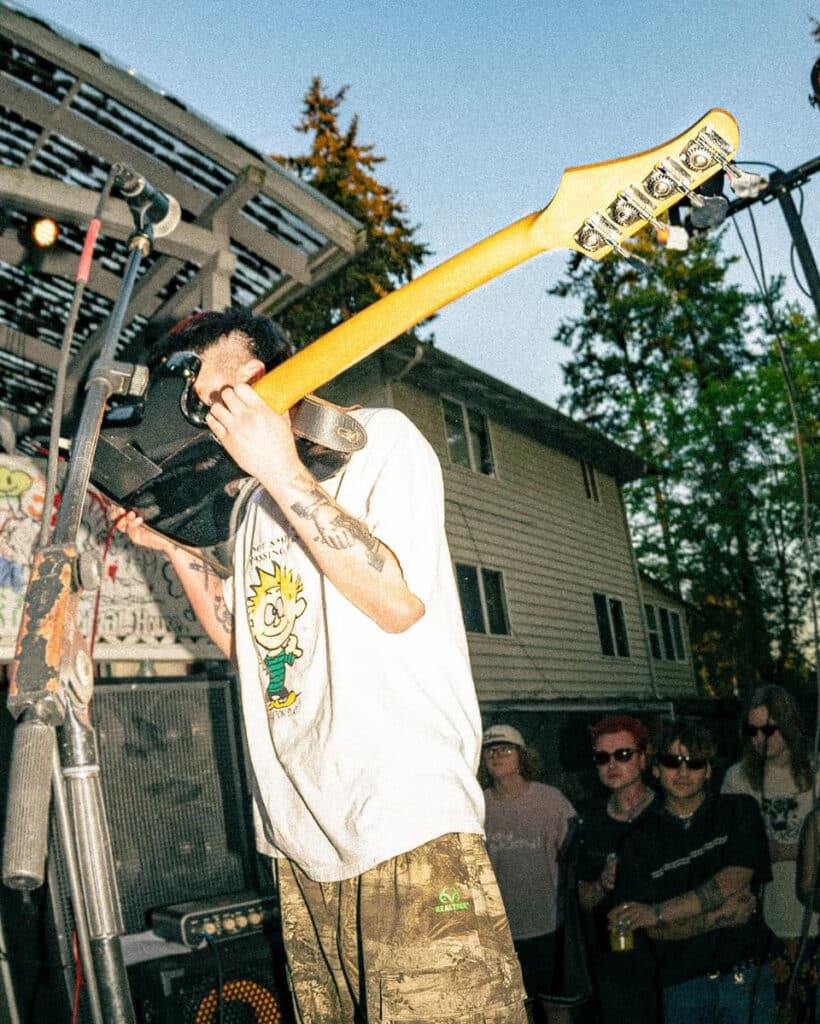
“Punk style — especially nowadays is way more of an attitude than just clothing — it’s kind of that activism mentality,” Fuller said. “I think punk has a lot more to do with advocacy and change for good rather than just being a music style.” To his point, various production crews in Washington have spent the past few months dedicated to hosting fundraiser shows to evacuate a family from Gaza.
A Community in Progress
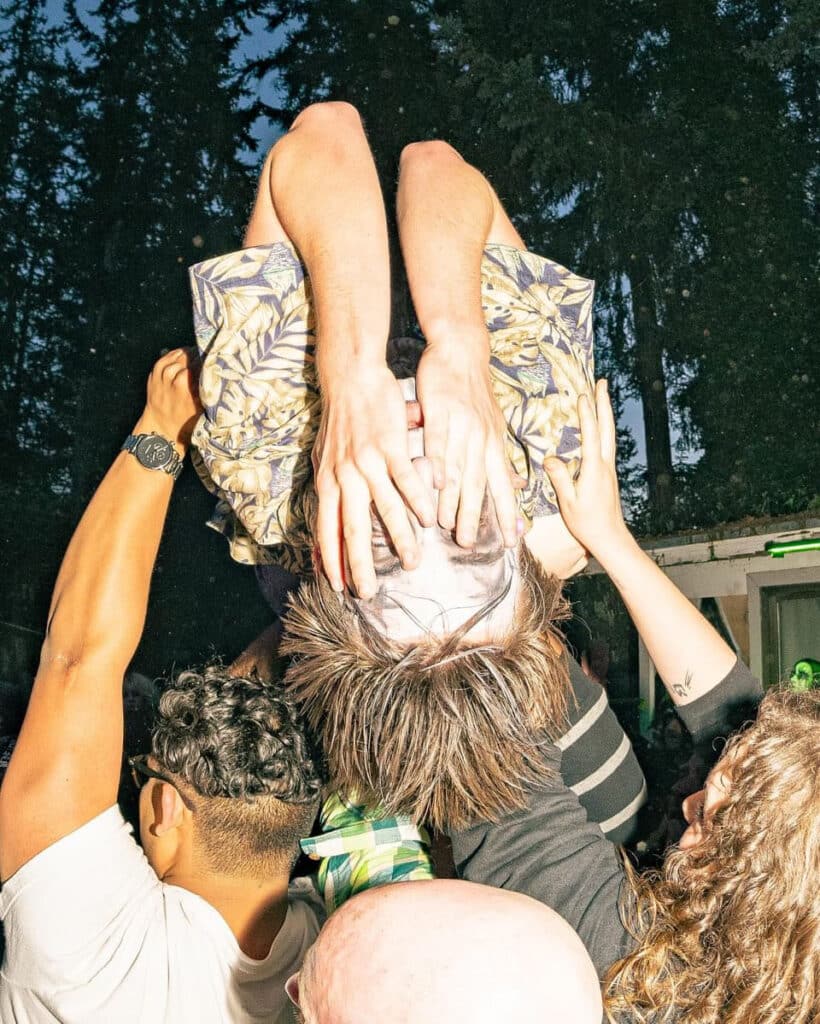
Delving deeper into some of the struggles on the scene, Fuller recognizes a lack of representation for predominantly POC bands. “A lot of us photographers — we’re making more of an effort to recognize those bands,” he said. Fuller mentioned the Seattle-based band Bazaar as “the figureheads of the Seattle scene.” Bazaar consists mostly of Queer and/or POC musicians, differing from the greater demographic of white-fronted bands in Seattle.
“It’s great that we do have people like Lindee (Cutler),” a member of Bazaar who is vocal on the needed changes in the scene. Bands like Bazaar are trailblazers for the scene, spearheading action towards more diverse band lineups in shows. “It is actually really cool because (Lindee) gets to advocate for her band,” and “she gets to advocate for other bands,” Fuller said.

“A lot of the community is very invested in the scene — we’ve had some kind of weird times, I think it’s because we are trying to do better and there is active change,” Fuller said. One change involves the continuous push to make the Seattle scene more inclusive. “It really tests how far people can go with not only being uplifting but also being vocal — it’s a very uplifting scene, it’s a very cool scene, and we are very vocal, and we’re vocal because we care,” Fuller proclaimed.


